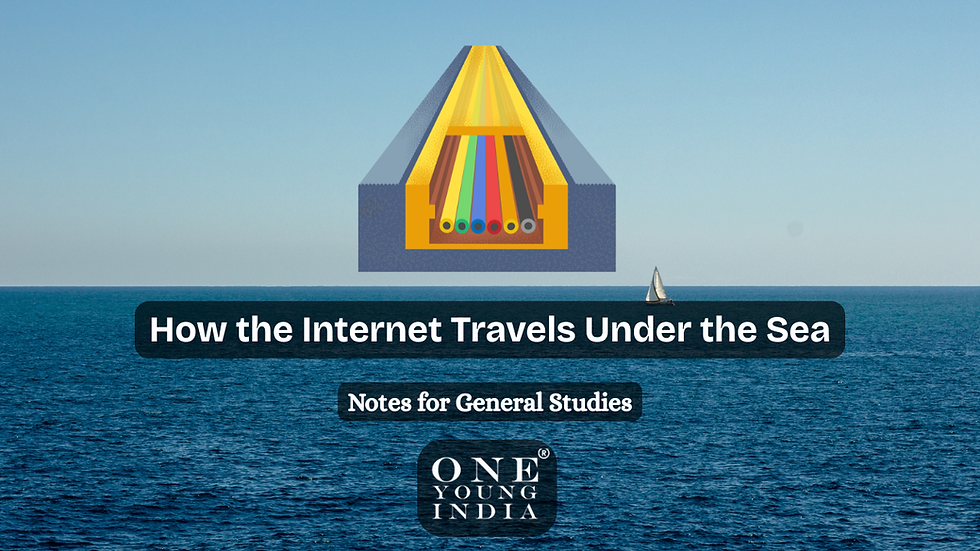How the Printing Press Changed the World in Just 50 Years
- One Young India

- May 21
- 3 min read
Introduction
In an age dominated by digital media, it's easy to forget that one invention—over 500 years ago—triggered a communication revolution that shaped the modern world. That invention was the printing press, and its impact was nothing short of transformational.
Invented by Johannes Gutenberg around 1440, the printing press radically accelerated the spread of knowledge. Within just 50 years, it changed how people learned, communicated, governed, and believed. It not only ended the monopoly of the literate elite—it democratized knowledge, ignited revolutions, and laid the foundation for the modern world.
Let’s explore how this single innovation changed the course of history—and did so astonishingly fast.

What Made the Printing Press Revolutionary?
Before Gutenberg, books were copied by hand—a slow, expensive, and error-prone process. Only the wealthy elite or religious institutions could afford them. Knowledge was controlled, sacred, and localized.
Gutenberg’s press used movable metal type, which allowed for mass production of identical texts. Combined with oil-based ink and a mechanical press, books could now be produced in weeks instead of years, at a fraction of the cost.
This wasn’t just a technological innovation—it was a social and intellectual earthquake.
Certainly! Here's a more compact version of the timeline that keeps it informative but streamlined for quicker reading and better flow:
Timeline: 50 Years of Change (1450–1500)
1450 – Gutenberg builds the printing press in Mainz, Germany, using movable type and oil-based ink.
1455 – The Gutenberg Bible is printed—Europe’s first major book produced with movable type.
1460s – Printing spreads to other cities in the Holy Roman Empire; the technology begins to gain traction across Central Europe.
1470s – Presses reach Italy, France, and the Low Countries; book production surges, and literacy begins to rise.
1476 – William Caxton introduces printing to England, producing books in English and helping standardize the language.
1480s – Increase in texts printed in vernacular languages; ideas begin to reach a wider, non-elite audience.
1490s – Books on science, navigation, and politics circulate, supporting exploration and emerging statecraft.
By 1500 – Over 20 million books have been printed across Europe; the information revolution is well underway.
Key Impacts Within 50 Years
1. The Democratization of Knowledge
Perhaps the most profound impact of the printing press within its first half-century was its role in transforming access to knowledge. Where once books were rare, expensive, and reserved for clergy or aristocrats, printed materials became more affordable and widely available. This shift allowed knowledge to move beyond the walls of monasteries and universities into the hands of merchants, artisans, and the emerging middle class. The resulting rise in literacy and personal study fundamentally altered Europe’s intellectual landscape, laying the foundation for an informed public.
2. The Erosion of Centralized Religious Authority
Although Martin Luther’s Reformation would not occur until the early 16th century, the groundwork was laid decades earlier by the printing press. By making the Bible and theological texts available in vernacular languages, printing allowed individuals to interpret religious texts independently. This weakened the Catholic Church’s monopoly on scriptural interpretation and opened the door to religious pluralism, debate, and reform. Within 50 years, the press had already begun to decentralize the spiritual and doctrinal authority that had governed Europe for centuries.
3. The Standardization and Spread of Language
As books were printed in vernacular tongues rather than Latin, languages such as English, German, and French began to cohere around standardized forms. This had significant implications not only for communication but also for national identity. For instance, in England, William Caxton’s printed works helped solidify spelling and grammar conventions at a time when regional dialects varied widely. In effect, the printing press didn’t just disseminate language—it helped shape it.
Conclusion
In just 50 years, the printing press reshaped society at every level. It empowered individuals, challenged institutions, and accelerated progress. It was the original information revolution—paving the way for every one that followed, from radio to the internet.
It’s no exaggeration to say that the printing press is one of the most important inventions in human history. And like all great technologies, it didn’t just change how we communicate—it changed who we are.



